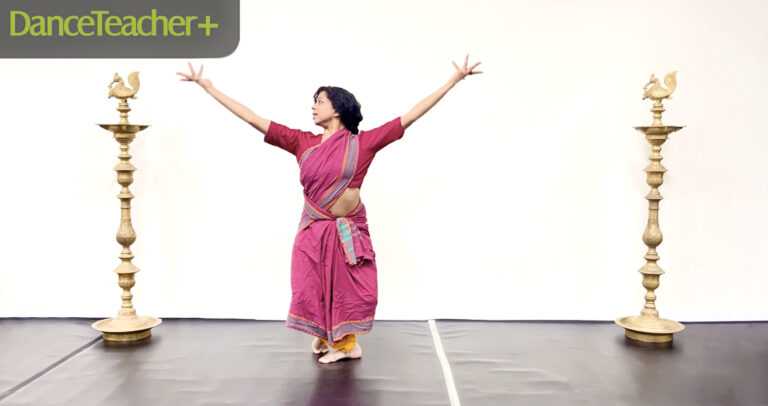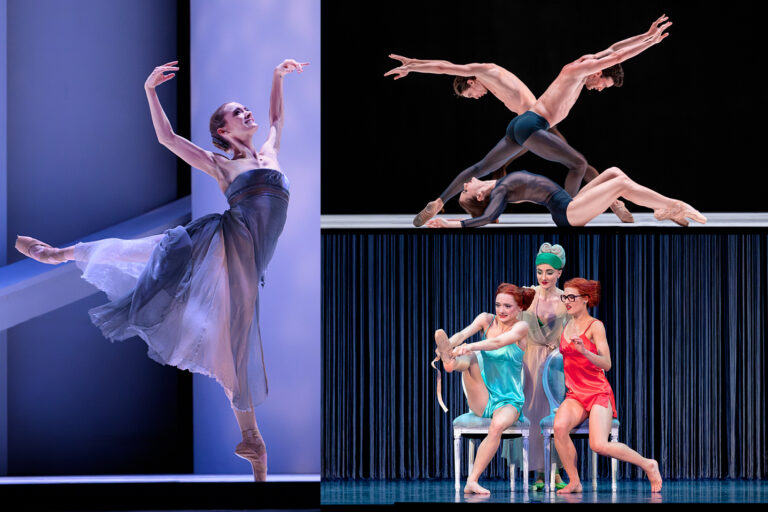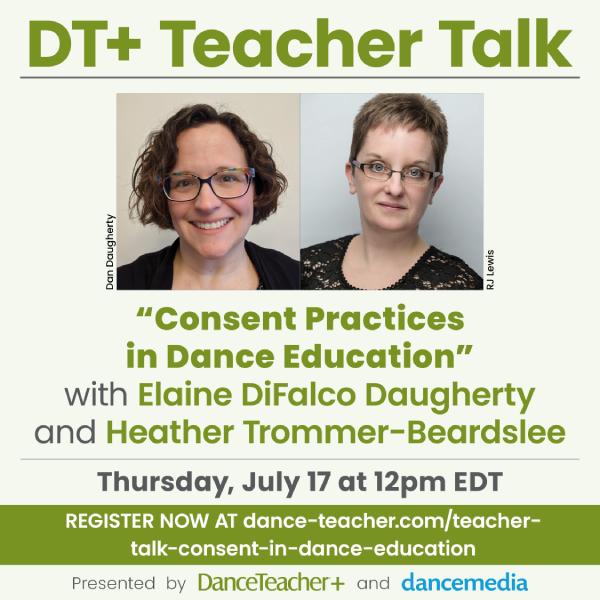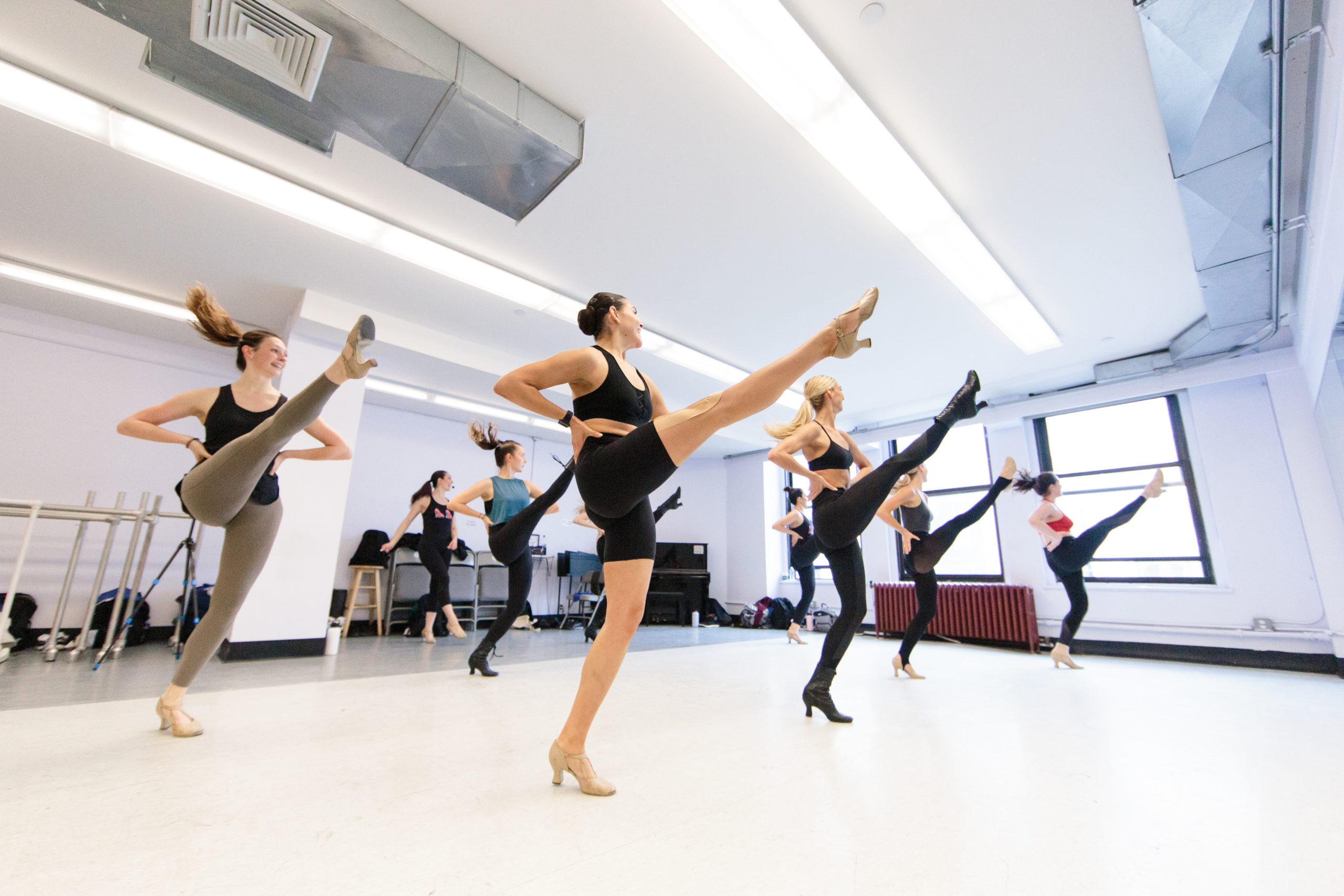
Odds are, your dancers spent a large portion of the last year and a half dancing alone in their living rooms. Unfortunately, that may mean they’ve lost some of the group chemistry that makes their recital and competition dances so precise and compelling.
One person who knows about precise and compelling group chemistry: Rhonda Malkin, a former Rockette who has coached 51 dancers who’ve gone on to land jobs with the acclaimed precision dance troupe. Use her tips to help your dancers relearn how to dance together, and match each other’s movement, timing and energy.
Demonstrate Thoughtfully—and Slowly
In order to dance together, your students need to know each detail of the choreography backwards and forwards. To give students a strong foundation for precise group work, Malkin always starts by demonstrating slowly—but still full-out, with energy—and then builds speed as students become more comfortable. Don’t forget to repeat phrases many times, and show them from multiple angles and sides of the room.
Give Steps Names
Malkin gives names to any steps that don’t already have one in an existing dance vocabulary. “It helps trigger the correct position,” she says. Using clever phrases or images can ensure that your dancers are all interpreting the movement in the same way.
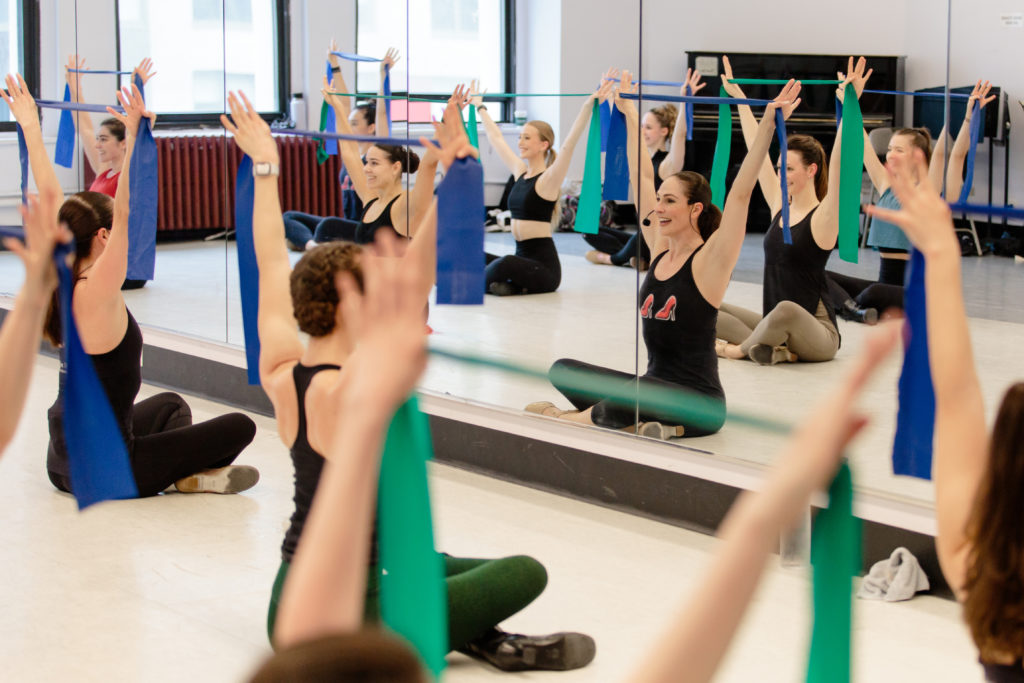
Have Students Watch Each Other
Observing how their classmates approach choreography can help dancers absorb their movement style, and thus better dance as a unit. Since it can be difficult to watch each other in real time, Malkin takes videos at the end of her classes and rehearsals that dancers can watch at home. Encourage students to pay close attention as their peers go across the floor or do combinations in groups during class, too—the better your students know each other’s dancing, the better they’ll dance together.
Teach Proper Mirror Use
The mirror can be a tool for learning to stay together as a group—when used correctly. “The biggest challenge that I have seen for students taking lots of Zoom dance classes is that they have to get used to the mirror again,” says Malkin. Encourage dancers to use the mirror to scan the room as they dance (rather than staring straight at themselves), making sure to stay aware of both themselves and you in order to ensure that they’re doing the choreography right.
Master Musicality
When it comes to dancing together, timing is everything. Malkin counts the music from the very beginning of teaching a phrase, including the “and” and “ah” counts, and if the rhythm doesn’t come naturally to a particular student, she has them just listen to the music while standing still as they picture themselves doing the choreography, as well as having them count and clap out the rhythm exactly the way the music sounds. “It’s taking a step backwards and making sure they understand where the beat lies,” she says. Have students focus on learning the correct timing and counts first, then on dancing in sync with each other to the music.
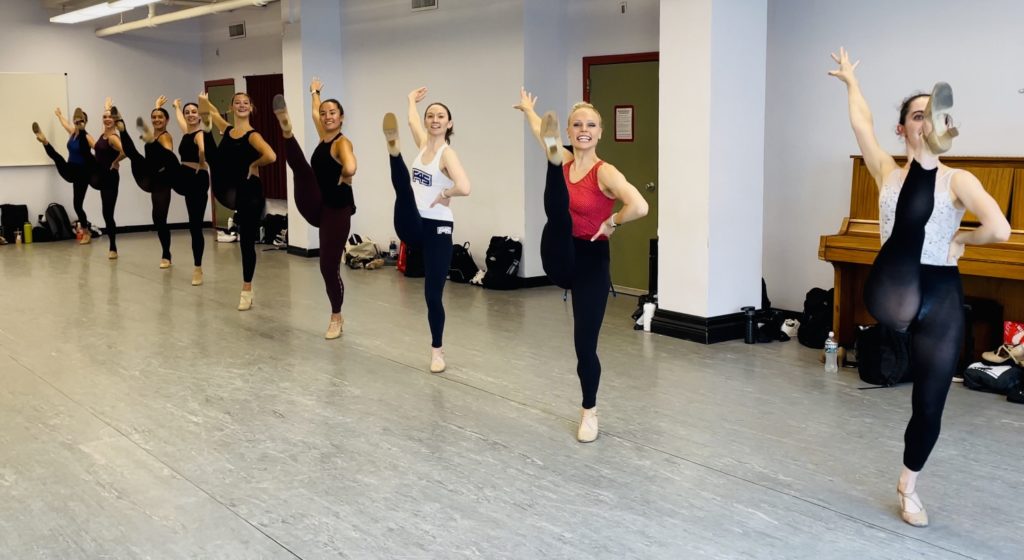
Emphasize Teamwork
Training for group choreography may not feel as exciting to your dancers as working on a solo, but you can help them develop a mindset of collaboration and teamwork. “It’s a group mentality of, ‘When I as an individual dancer look good, the rest of the picture that we are all creating as a group looks good,’” says Malkin. “It’s a little bit of selflessness that the dancer has to have in order to make the overall picture look good.”

